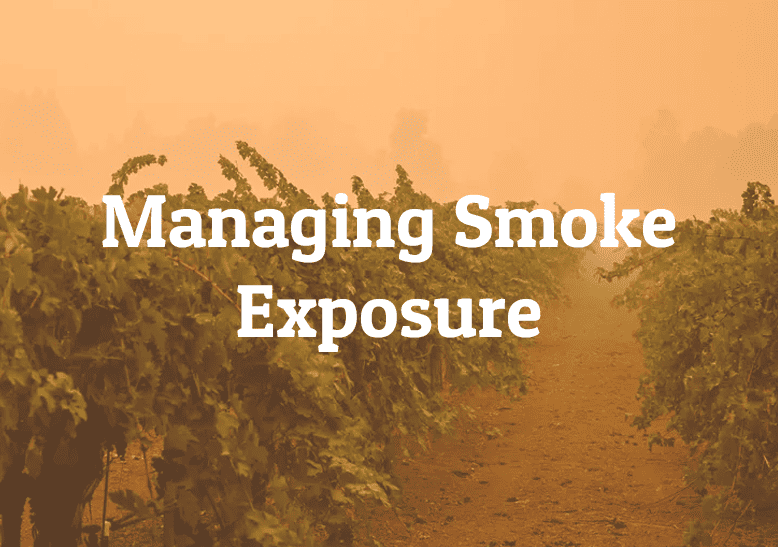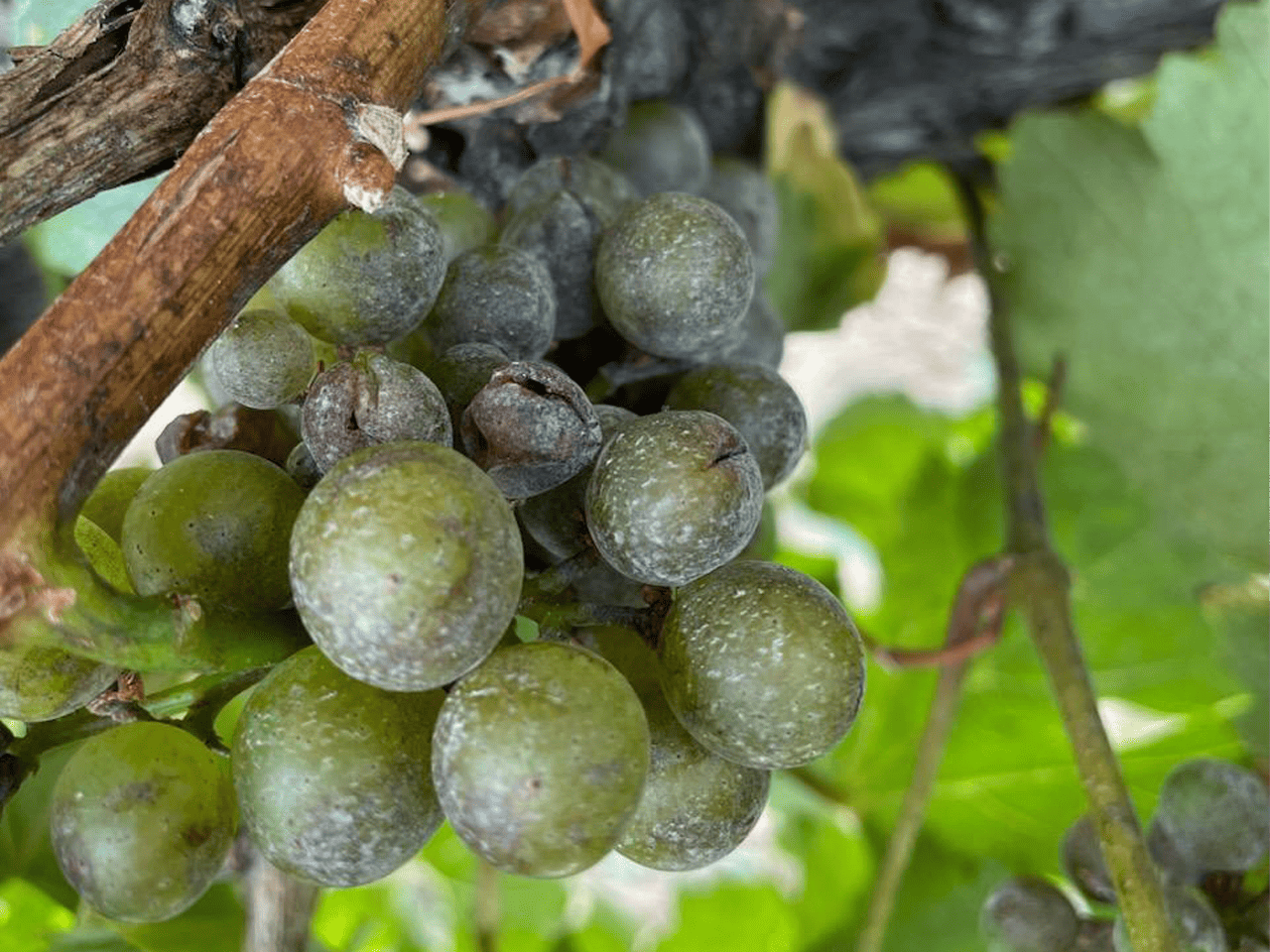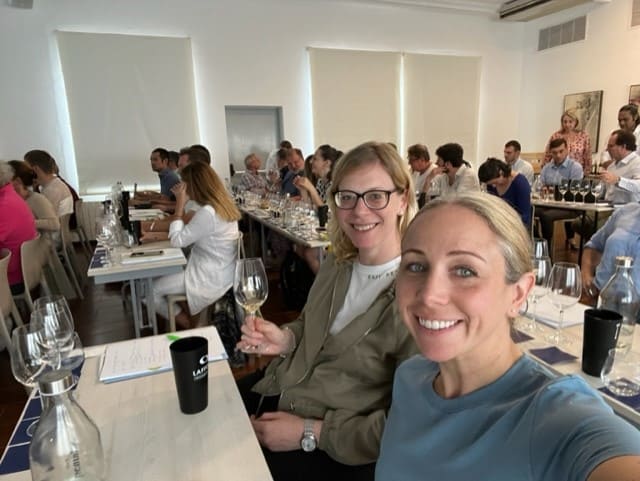LAFFORT® fining tools offer a range of solutions for polishing juice and wine during harvest, from the curative approach at juice settling on whites and rosés, to post-pressing treatments for young red wines.
| Product | Wine Type | Product material | Application | Dosage | Package size |
|---|---|---|---|---|---|
| VEGECOLL® | White, red, rosé | Potato protein isolate | Gentle phenolic fining, improves clarity, excellent for flotation | 10 – 100 ppm | 500 g (bags) |
| GELAROM® | White, red, rosé | Liquid gelatin solution | Reduces phenolic content and astringency, improves aromatic expression. | 30 – 60 mL/hL | 1 L 5 L 20 L (jugs) |
| GECOLL® SUPRA | White & red | Liquid gelatin solution | Reduces phenolic content and astringency, improves clarity & settling. | 40 – 100 mL/hL | 1 L 5 L 20 L (jugs) |
| VINICLAR® | White & rosé | PVPP | Reduces browning, pinking & bitterness. | 50 – 800 ppm | 1 kg (bags) |
| POLYLACT® | White & rosé | PVPP & casein | Reduces polyphenolics, browning, pinking & bitterness. | 150 – 1000 ppm | 1 kg 10 kg (bags) |
| POLYMUST® PRESS | White, red, rosé | PVPP, bentonite, potato protein isolate | Reduces oxidized characters, great for press fractions. | 150 – 1000 ppm | 1 kg (bags) |
| POLYMUST® ROSÉ | White & rosé | PVPP & potato protein isolate | Reduces phenolic content, stabilizes hue by removing oxidizable polyphenols | 300 – 800 ppm | 1 kg 10 kg (bags) |
| CASEI PLUS | White & rosé | Potassium caseinate | Reduces oxidized characters, increases clarification. | 50 – 600 ppm | 1 kg 5 kg (bags) |
| ARGILACT | White & rosé | Casein & bentonite | Reduces oxidized characters and bitterness. Reduces laccase activity. | 400 – 1000 ppm | 1 kg 25 kg (bags) |
| MICROCOL® ALPHA | White & rosé | Sodium bentonite | Removes heat sensitive proteins, excellent clarifying capacity, preserves aroma. | 100 – 800 ppm | 1 kg 5 kg 25 kg (bags) |
| MICROCOL® FT | White & rosé | Calcium/sodium bentonite | Removes heat-sensitive proteins. Can be used during crossflow filtration. | 300 – 800 ppm | 15 kg (bags) |
In terms of juice handling, international winemaking practices vary significantly from country to country. In Europe, it is typical to treat the free-run and press fractions with a fining product. In the US wine industry, we often see people only treating the press fraction and not the free-run. Not sure how it happened, but fining treatments developed a bad reputation in the States. It’s time to rebuild the reputation of fining agents and explain the benefits of juice fining on final wine quality.
Phenolic compounds in white and rosé juice are of interest to winemakers for three main concerns:
The goal of juice fining is to remove these troublesome phenolic compounds before they produce negative characters in the wine.
Juice Fining vs. Wine Fining
At juice stage, the aroma and flavor compounds from fermentation have not developed, therefore cannot be removed by the fining treatment. The juice is less susceptible to over fining, where fining treatments on wine can remove some aromatics, having a “stripping” effect on the wine.
At juice stage, higher levels of fining agents can be applied for phenolic removal without the worry of over fining. Doing a juice fining treatment will prevent potential oxidation and increase the wine aging capacity.

Wine 1 – Control – No fining treatment.
Wine 2 – Fining after fermentation – POLYMUST® PRESS 300 ppm.
Wine 3 – Fining before fermentation – POLYLACT® 300 ppm.
Wine 4 – Fining before fermentation – POLYMUST® PRESS 300 ppm.
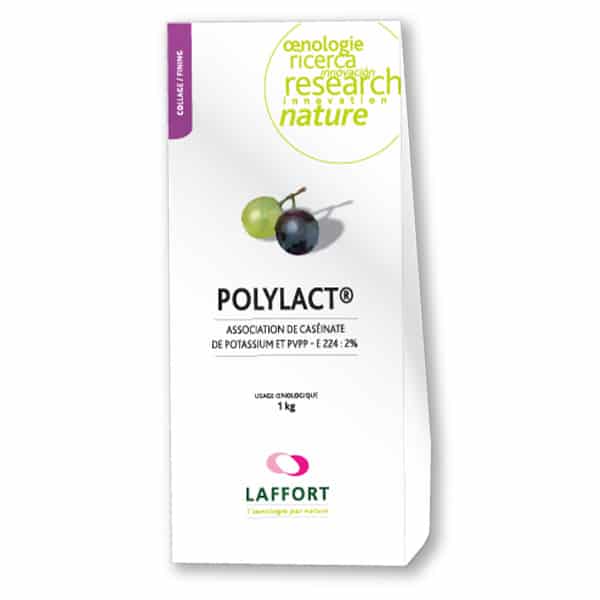
POLYLACT
PVPP and Casein
Preparation associating PVPP and potassium caseinate, for preventative treatment of oxidation in white and rose juices. POLYLACT® eliminates oxidizable phenolic compounds (caftaric acid, catechin) and maintains glutathione content protecting the wine from browning and pinking, preserving the organoleptic potential of the wine. Dosage range: 200 – 500 ppm.
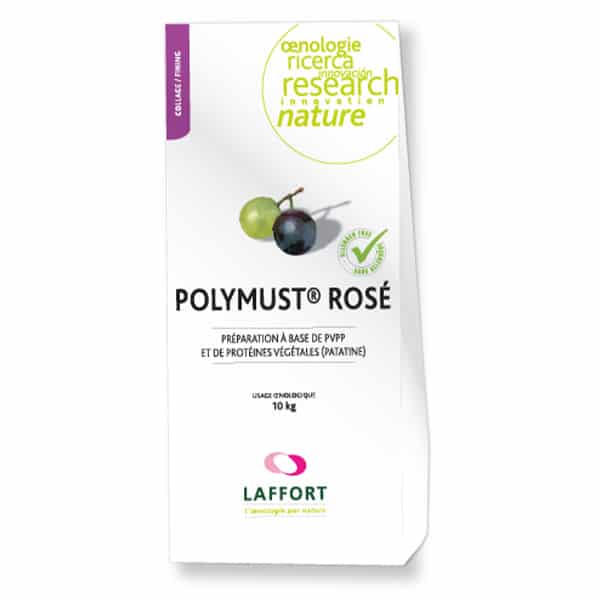
POLYMUST ROSÉ
PVPP and Vegetal Protein
Non-allergenic preparation using patatin, a potato protein isolate, for preventative treatment of oxidation and stabilizing the hue of rosé wines. POLYMUST ROSÉ® eliminates oxidizable polyphenolic compounds that may alter the wine color. Dosage range: 200 – 500 ppm.

